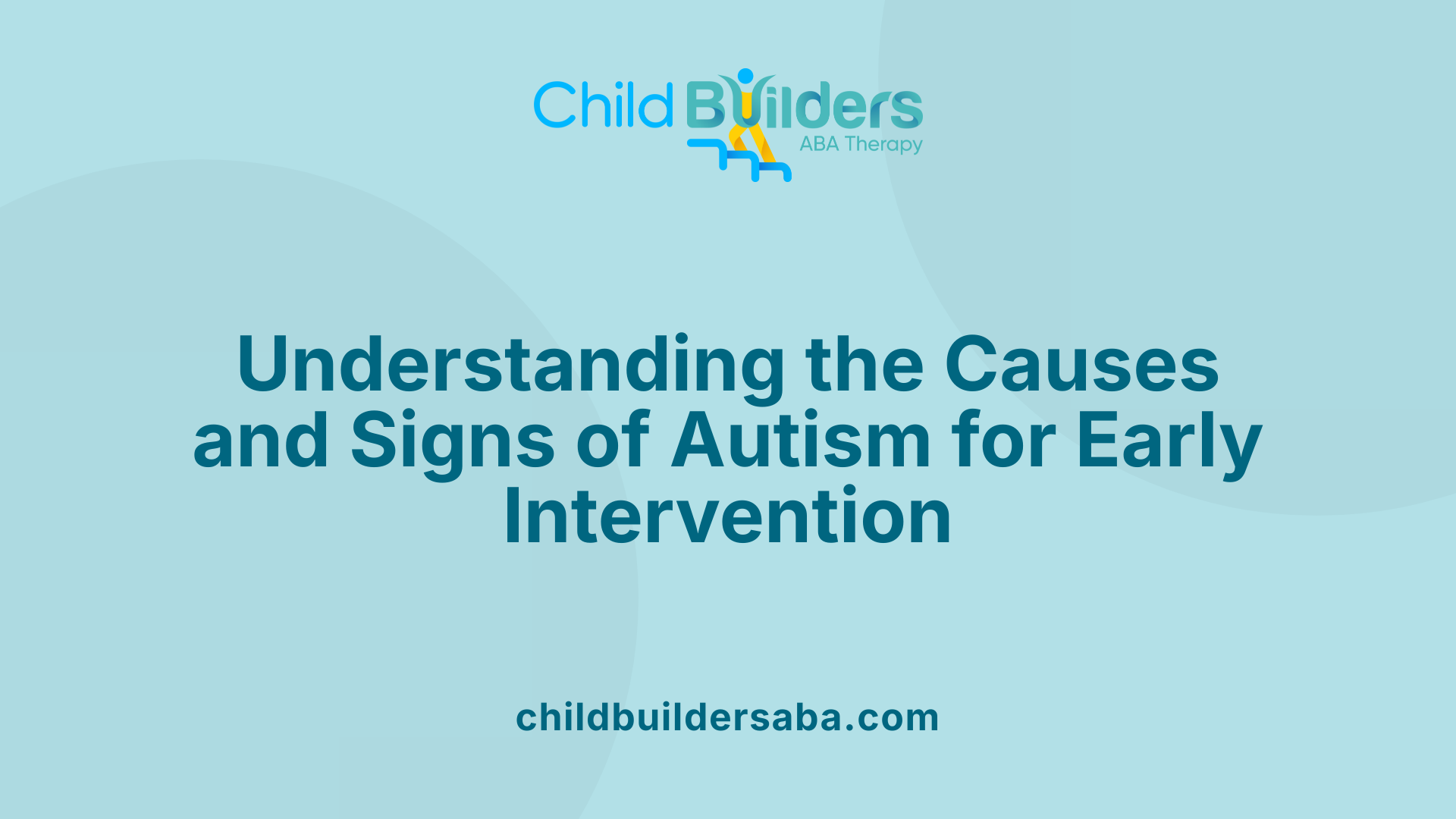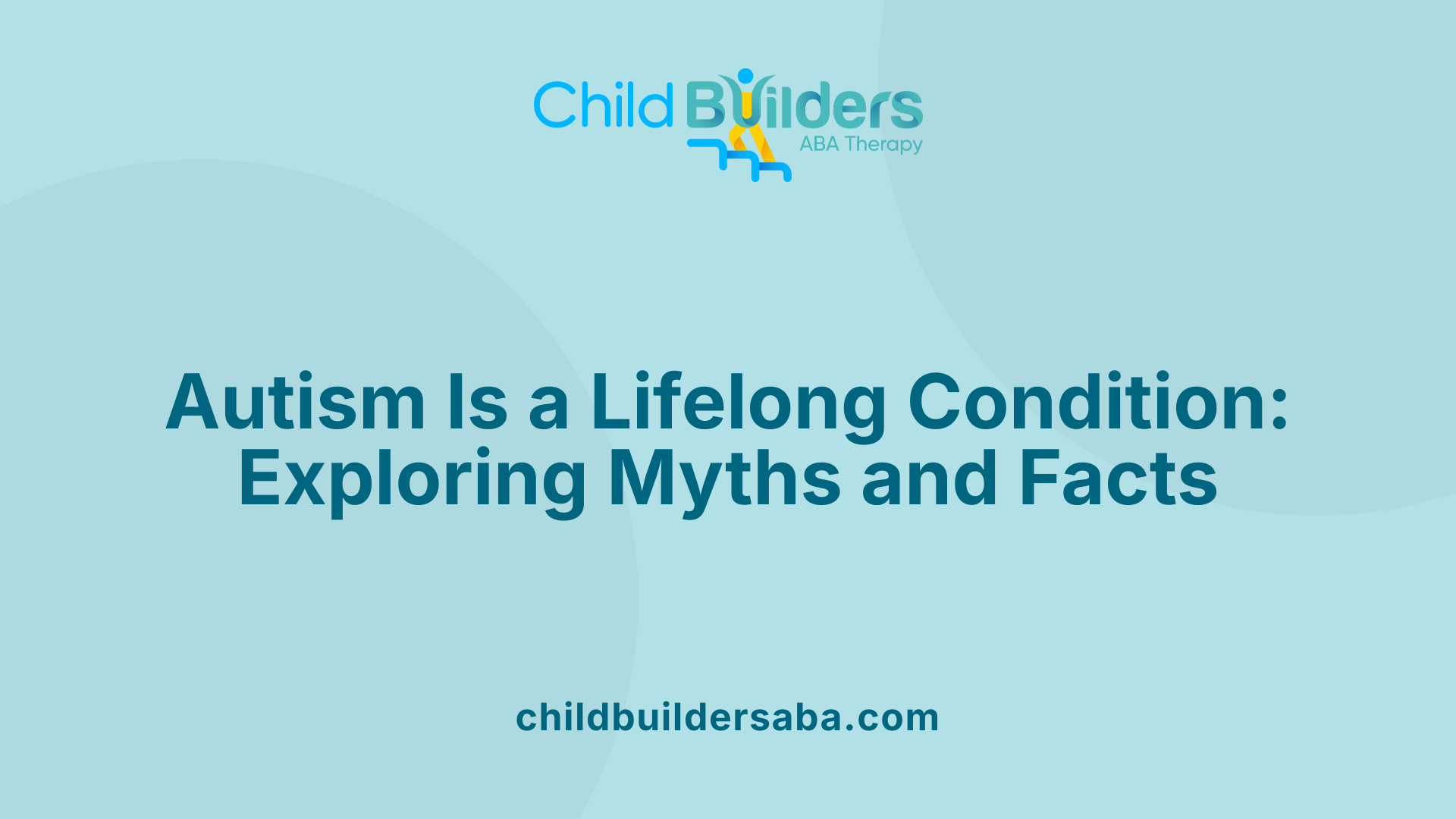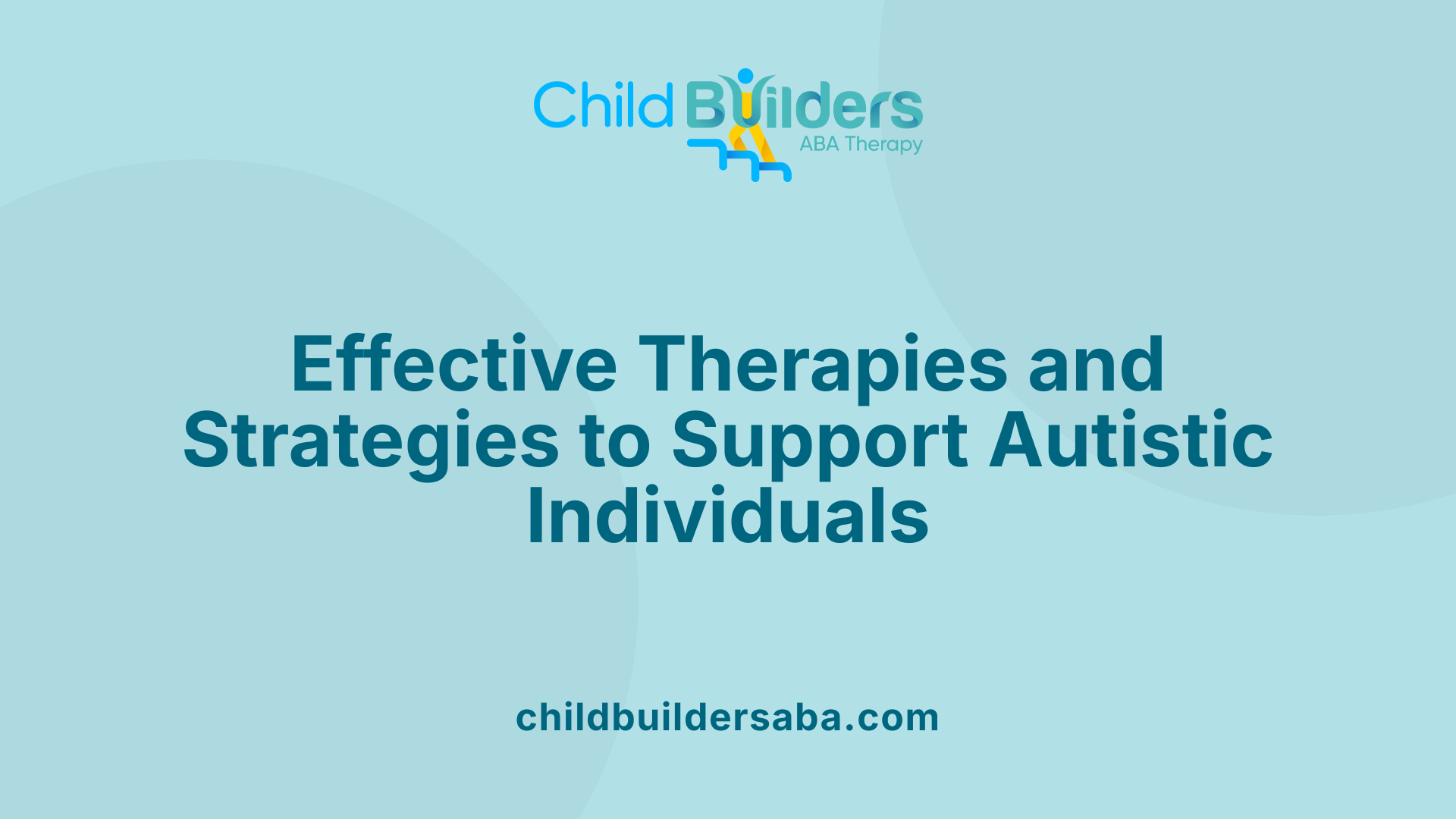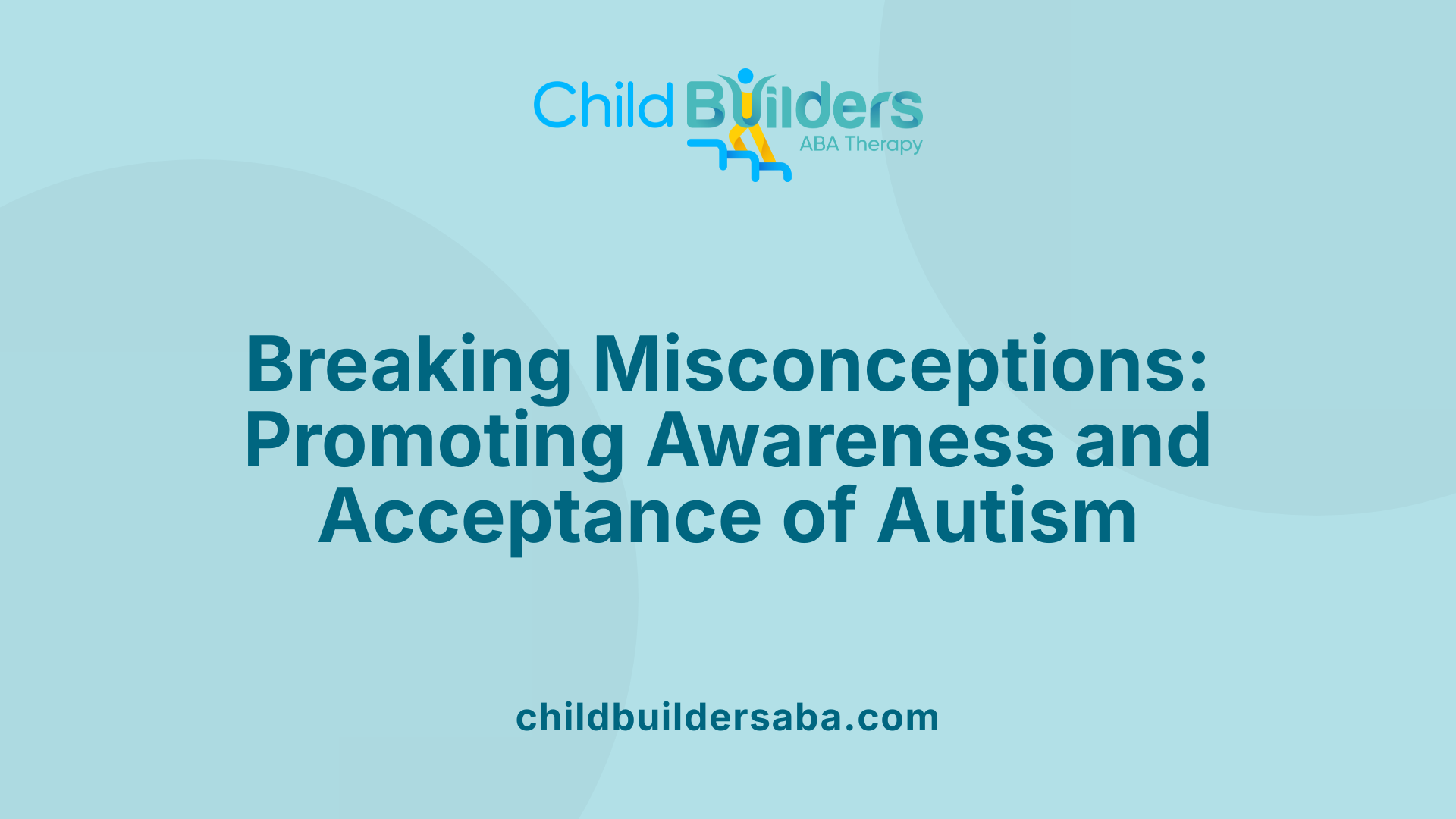Can Autism Be Cured?

Exploring the Nature and Management of Autism Spectrum Disorder
Autism spectrum disorder (ASD) is a complex neurodevelopmental condition that affects social interaction, communication, and behavior. With widespread misconceptions and false claims about curing autism, it is essential to understand its characteristics, causes, and effective management strategies. This article delves into what autism truly is, examines the realism of a cure, and discusses appropriate support options to enhance the quality of life for autistic individuals.
Characteristics and Symptoms of Autism Spectrum Disorder
What are the main characteristics and symptoms of autism?
Autism, or Autism Spectrum Disorder (ASD), manifests primarily through challenges in social communication and interaction. Individuals may have difficulty maintaining eye contact, understanding or interpreting body language, and forming or sustaining relationships. Speech and facial expressions might be delayed or develop in atypical ways, such as delayed speech or unusual facial gestures.
Repetitive behaviors and restricted interests are also defining features. These can include actions like lining up toys, repeatedly echoing words or phrases (echolalia), being sensitive to sensory stimuli, and insisting on routines or sameness. Many children with autism show strong preferences or aversions to certain sounds, textures, or sights.
Symptoms typically become visible during early childhood, often by ages 2 to 3, but signs can sometimes be noticed earlier or later. Early signs include unresponsiveness to their name, limited gestures such as pointing or waving, and avoidance of social interactions. However, the experience of autism varies widely among individuals, with some exhibiting mild symptoms and others presenting more severe challenges.
Additional behaviors frequently observed involve hyperactivity, unusual eating or sleeping patterns, and difficulties with emotional regulation. Because autism is behavioral in nature, diagnosis depends on observing these behaviors rather than through a specific medical test. Early detection and intervention are vital for providing support that can significantly enhance development and daily functioning.
Causes and Early Detection of Autism

What are the causes of autism?
Autism spectrum disorder (ASD) is believed to stem from a complex mix of genetic, environmental, and developmental influences. Genetic factors are particularly influential, with many gene mutations, gene networks, and heritable traits increasing susceptibility. These genetic influences can affect how the brain develops and functions.
Environmental exposures and prenatal factors also play a vital role. Advanced parental age, exposure to pollutants such as pesticides and air pollution during pregnancy, and maternal health conditions like infections or complications can impact fetal brain development. Birth issues such as low birth weight or oxygen deprivation may further contribute. These factors may directly influence neural connections or alter gene activity, leading to the brain differences observed in individuals with autism.
It’s crucial to note that there is no credible scientific evidence linking vaccines to autism. Instead, the current understanding emphasizes biological and environmental interactions as the primary origins of ASD.
How is autism diagnosed early?
Early detection of autism relies heavily on screening tools designed to spot symptoms as early as possible. Standardized assessments like the Autism Diagnostic Observation Schedule (ADOS) are commonly used by clinicians to evaluate social communication challenges, repetitive behaviors, and other surface symptoms characteristic of ASD.
Screening is recommended at various points from birth up to 36 months, especially if developmental delays are observed. Early signs include limited eye contact, delayed speech development, restricted interests, and unusual responses to sensory stimuli. Recognizing these signs promptly allows for early intervention, which can significantly improve developmental outcomes.
While there is no biological test for autism, these behavioral screening tools are essential in detecting potential ASD and guiding further assessments. Early diagnosis is crucial to start supportive therapies that help children develop social, communication, and behavioral skills.
| Aspect | Details | Additional Notes |
|---|---|---|
| Causes | Genetic mutations, environmental exposures, prenatal and birth factors | No links established with vaccines |
| Early screening tools | ADOS, CARS, VSMS | Conducted from birth to 36 months |
| Signs of early autism | Limited eye contact, delayed speech, repetitive behaviors | Early detection paves the way for supportive interventions |
Understanding the diverse causes and recognizing early signs are essential in managing autism. With ongoing research, professionals aim to refine early detection methods and interventions to enhance life quality for autistic individuals.
The Reality of Curing Autism

Is there any evidence that autism can be cured or that it can go away with age?
There is currently no cure for autism spectrum disorder (ASD), and it is recognized by healthcare professionals and researchers as a lifelong neurodevelopmental condition. Autism affects how the brain develops and processes information, influencing social skills, communication, and behaviors throughout an individual's life.
Despite the absence of a cure, some families and researchers have reported rare cases of spontaneous recovery, where autistic symptoms disappear quickly and completely without targeted intervention. Such cases are extremely uncommon, and they are considered exceptions rather than the norm.
Research indicates that a small percentage of children—estimates vary from around 3% to as high as 25%—may lose their autism diagnosis over time. Factors that increase the likelihood of this happening include early detection, milder presenting symptoms, higher cognitive abilities, and early, intensive therapies. These interventions support development and can lead to significant improvements in behavior, communication, and social skills.
However, the consensus in the scientific and medical community remains that autism is a persistent condition. Most individuals retain some core traits of ASD even if their symptoms lessen over time. It is important to understand that these developments do not mean autism has been cured; instead, they reflect improved functioning and adaptation.
Furthermore, autism is increasingly understood as part of a spectrum with a broad range of traits, strengths, and challenges. While some traits may diminish or become more manageable, the underlying neurodevelopmental differences typically remain.
Cases of spontaneous recovery and their rarity
Cases where children recover spontaneously are exceedingly rare and often lack comprehensive scientific validation. They tend to be anecdotal and not supported by systematic research.
Research on potential reversibility in specific genetic cases
Recent advances in genetics have identified certain subtypes of autism linked to specific genetic mutations. For example, some children with mutations in the BCKDK gene have shown potential for reversibility when targeted treatments address underlying biological issues.
Studies led by Gaia Novarino and her team demonstrated that injecting missing amino acids directly into the brains of affected mice can improve autism-like behaviors, hinting at possible reversibility under particular genetic and biological circumstances. These findings are promising but are still at the experimental stage and mainly applicable to specific genetic forms rather than the broader autism spectrum.
In summary, while some very rare cases and specific genetic conditions suggest potential for reversal, autism as a general condition remains incurable. The focus continues to be on early intervention, supportive therapies, and management strategies that enable individuals with ASD to lead fulfilling lives.
Management Strategies and Therapies for Autism

What treatment options and therapies are available for autism?
Autism spectrum disorder (ASD) is best managed through a variety of therapies tailored to each individual's needs. Early diagnosis, ideally during preschool years, plays a vital role in improving outcomes as it allows timely intervention.
The most evidence-supported therapeutic approach is applied behavior analysis (ABA). This developmental therapy helps encourage desired behaviors and reduce undesired ones, with constant tracking of progress. ABA can significantly improve social skills, communication, and daily living abilities.
Speech and language therapy are fundamental in helping individuals improve their communication skills. Occupational therapy supports motor skills development and daily activity management, while physical therapy may also be beneficial for specific motor impairments.
Educational programs like TEACCH (Treatment and Education of Autistic and Communication-Handicapped Children) utilize visual routines and structured environments to aid learning. Early intervention models, such as the Early Start Denver Model, leverage structured play and social engagement to foster development.
Medications are not cures for autism but are useful for managing specific symptoms like irritability, hyperactivity, anxiety, or seizures. FDA-approved drugs such as risperidone and aripiprazole are prescribed to address irritability, while others like SSRIs help with repetitive behaviors and anxiety. These medications are most effective when combined with behavioral therapies.
Psychological therapies, particularly cognitive-behavioral therapy (CBT), assist individuals in coping with mental health issues like anxiety or depression that often co-occur with ASD.
Overall, comprehensive management involves an individualized plan that includes behavioral, developmental, educational, and sometimes pharmacological strategies. Family involvement and support from healthcare professionals who specialize in ASD are crucial for success.
| Treatment Type | Primary Focus | Common Methods | Additional Notes |
|---|---|---|---|
| Behavioral Therapy | Behavior modification | ABA, RDI, social stories | Most evidence-supported; tailored to individual needs |
| Developmental Therapy | Skills development | Speech/language, occupational, physical therapy | Focuses on social, communication, daily skills |
| Educational Programs | Learning support | TEACCH, Early Start Denver Model | Structured environments help facilitate learning |
| Pharmacological | Symptom management | Risperidone, Aripiprazole, SSRIs | No effect on core symptoms; used as needed |
| Psychological | Mental health support | CBT | Aids in managing anxiety, depression |
Autism management ultimately aims to support individuals in leading fulfilling lives while addressing developmental challenges and co-occurring conditions.
The Role and Safety of Medications in Autism Management
Are medications a safe and effective treatment for autism?
Medications can play a helpful role in managing specific symptoms related to autism spectrum disorder (ASD). They are not cures for autism itself but are used to address behaviors and co-occurring issues such as irritability, aggression, anxiety, and hyperactivity. The Food and Drug Administration (FDA) has approved certain drugs, including risperidone and aripiprazole, specifically for reducing irritability in children with ASD.
Other medicines, such as selective serotonin reuptake inhibitors (SSRIs) and stimulants, are often prescribed off-label to help reduce repetitive behaviors, improve mood, and enhance focus. These medications can improve quality of life when combined with behavioral therapies, but responses are highly individual, and not all individuals will find them helpful.
It is important to note that none of these medications target the core features of autism, like social communication challenges or sensory sensitivities. Their primary purpose is symptom management.
Use of SSRIs, stimulants, and other drugs for associated symptoms
SSRIs such as fluoxetine and sertraline may decrease anxiety, repetitive behaviors, and improve social interactions.
Stimulants, including methylphenidate, can help manage hyperactivity and attention difficulties.
Other drugs, like antipsychotics (risperidone and aripiprazole), are particularly used for severe irritability and aggressive behaviors.
Medications are prescribed based on thorough assessments and tailored to the individual's specific needs. Sometimes, multiple drugs are used in combination for the best symptom control.
Risks and side effects of medication use
While medications can be beneficial, they carry potential risks and side effects. Common adverse reactions include weight gain, drowsiness, hormonal changes, and gastrointestinal issues.
More serious risks might involve movement disorders, metabolic problems, or changes in mood. Because of these possibilities, medications should always be administered under strict medical supervision.
Healthcare providers regularly monitor for side effects, adjust dosages, or switch medications as needed to ensure safety.
Combining medication with behavioral therapies for best outcomes
Research strongly suggests that medications are most effective when used alongside behavioral interventions. Therapies such as Applied Behavior Analysis (ABA), speech therapy, or occupational therapy help develop social, communicative, and adaptive skills.
Medications may help reduce barriers to learning and participation, making therapies more effective.
This integrated approach supports better developmental progress and helps manage symptoms in daily life.
Importance of medical supervision and individualized treatment plans
Every person with autism is unique, so treatment plans—including medication use—must be personalized.
Regular consultation with healthcare professionals ensures that medications are appropriately prescribed and monitored.
Adjustments are often necessary, based on effectiveness and the appearance of side effects.
Children and adults should never self-medicate or change dosages without medical advice.
In summary, medications for autism are an important part of managing associated symptoms but are not cures. Their safety and success depend on careful, individualized use under medical supervision, combined with comprehensive behavioral and developmental therapies.
Addressing Misconceptions and Building Awareness About Autism

What misconceptions exist about autism and its treatment?
Many false beliefs surround autism, leading to misunderstandings and stigma. A prevalent misconception is that autism can be cured. In reality, autism spectrum disorder (ASD) is a lifelong neurodevelopmental condition, and current treatments focus on managing symptoms and supporting individual development rather than providing a cure. Autistic individuals have varied strengths and challenges; they are not all the same. Treatments or supposed cures claiming to eliminate autism are not scientifically supported and can be harmful.
Another common myth is the link between vaccines and autism. Extensive research has conclusively shown no causal relationship between vaccines, including the MMR vaccine, and autism. Despite this, some misinformation persists, causing unnecessary fear and vaccine hesitancy.
Stereotypes also persist, such as believing autistic people lack emotions or social skills, or that they cannot form meaningful relationships. Many autistic individuals possess strong communication skills, emotional depth, and talents, including savant abilities in some cases. It’s essential to recognize the diversity within the spectrum.
Misunderstandings extend to the idea that parenting or upbringing causes autism. Scientific evidence points to genetic and neurobiological factors playing major roles, dismissing flawed theories blaming poor parenting.
Finally, autism is often mistaken for a mental illness or a behavioral problem. It is not an illness but a difference in brain function and development. Respect and acceptance of neurodiversity are crucial for fostering inclusive environments.
Addressing these misconceptions helps reduce stigma and encourages supportive, factual understanding. Promoting awareness through education can empower autistic individuals and their families to access appropriate therapies and societal acceptance.
Rethinking Autism: Support, Research, and Reality
While the quest for a cure for autism persists in some circles, current scientific understanding and medical consensus affirm that autism is a lifelong neurodevelopmental condition with no existing cure. The focus should instead be on early detection, personalized intervention, and inclusive support systems that enable autistic individuals to thrive. Continued research offers hope for targeted treatments that can alleviate specific challenges, especially in cases involving genetic factors or associated medical issues. Dispelling myths and misconceptions is crucial to foster acceptance, reduce stigma, and promote neurodiversity. Every autistic person has unique strengths and potential, and with proper care, education, and societal support, they can lead fulfilling lives. The question 'Can autism be cured?' underscores the importance of aligning our expectations with scientific reality and embracing the diversity that autism embodies.
References
- Autism spectrum disorder - Diagnosis and treatment - Mayo Clinic
- Autism Spectrum Disorder (ASD) Symptoms & Causes
- Treatments that are not recommended for autism - NHS
- Treatment and Intervention for Autism Spectrum Disorder - CDC
- Autism cures may be closer as focus turns to early treatment
- Autism spectrum disorder - Symptoms and causes - Mayo Clinic
- Can Autism Go Away? The Science in Clear Terms - Blue ABA
- Rapid and spontaneous recovery in autistic disorder - PMC



.jpg)

































































































